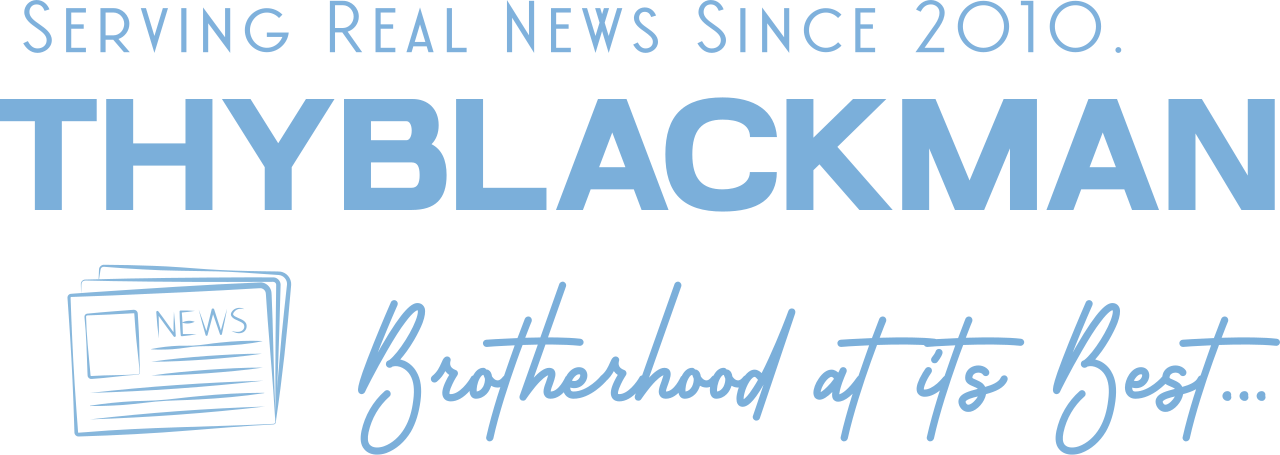(ThyBlackMan.com) New York businesses operate under a unique and stringent regulatory microscope. Using a generic, “one-size-fits-all” cloud provider without accounting for regulations like the NYDFS Cybersecurity Regulation can turn your greatest asset into your biggest liability.
“Gaps in diligence and cybersecurity planning, however, can make these assets leap from one side of the ledger to the other into liabilities.” — Forbes, Cyberthreats Are Turning Assets Into Liabilities

Many companies are unknowingly accumulating “hidden costs” that stem from non-compliance and inadequate security measures.
This article will expose these hidden costs—financial, legal, operational, and reputational. We will provide a clear understanding of the risks and what truly compliant cloud solutions for New York business leaders entail. The first step in avoiding these hidden costs is understanding what truly compliant cloud services for New York entail.
Key Takeaways
- Generic cloud services often fail to meet stringent New York compliance requirements like the NYDFS Cybersecurity Regulation and SHIELD Act, leading to significant business risks.
- Non-compliance can result in severe financial penalties from regulatory bodies, costly legal liabilities from data breaches, and devastating, long-term reputational damage.
- “Shadow IT”—the use of unsanctioned cloud apps by employees—and inadequate cybersecurity are major blind spots that escalate compliance risks and the potential for data breaches.
- Proactive cloud security audits and partnering with a New York-specific compliant cloud provider are essential for mitigating hidden costs and ensuring business continuity.
The Alarming Truth: Why Generic Cloud Solutions Fall Short for NY Businesses
The major cloud platforms—Amazon Web Services, Microsoft Azure, Google Cloud—offer powerful and broadly secure infrastructure. However, they operate on a shared responsibility model. They secure the cloud itself, but you are responsible for securing your data and applications within the cloud. This is a critical distinction that many businesses overlook.
New York’s specific regulations, such as the NYDFS Cybersecurity Regulation (23 NYCRR 500) and the SHIELD Act, demand tailored security controls, risk assessments, and data governance policies that generic solutions don’t provide out of the box.
Check Point Software’s report reveals a “29% increase in cyber-attacks globally,” with the EMEA region experiencing the highest growth at 36%. This statistic underscores the escalating threat landscape and the need for enterprises to bolster their cybersecurity measures to protect against a rising tide of cyber-attacks.
Relying on a generic platform without specialized configuration and management creates an illusion of security. For businesses, especially in highly regulated sectors, cloud services in New York provide the controls, monitoring, and governance necessary to meet local compliance requirements. This careful approach helps maintain certifications like SOC 2, reduces operational risks, and ensures sensitive data remains secure and compliant.
Financial Penalties & Legal Ramifications: The Price of Non-Compliance
The most immediate and tangible consequences of non-compliance are financial and legal. These are not just slaps on the wrist; they are penalties designed to be punitive and can severely impact a company’s bottom line. As highlighted by industry experts at Forbes, “Noncompliance can also lead to other consequences, including legal penalties, damage to reputation and loss of third-party trust.”
Regulatory bodies like the New York Department of Financial Services (NYDFS) actively enforce these rules through audits and investigations. A compliance failure can trigger a cascade of costs, including:
- Hefty Fines: Direct penalties from regulators for violating data protection and cybersecurity mandates.
- Legal Liabilities: Lawsuits from customers, partners, or employees whose data was compromised.
- Investigation & Remediation Costs: The massive expense of hiring forensic investigators, notifying affected parties, offering credit monitoring, and implementing corrective security measures post-breach.
The table below breaks down the severe impacts your business could face.
| Consequence Category | Specific Impact on NY Businesses |
|---|---|
| Financial | Regulatory Fines, Legal Fees, Remediation Costs, Increased Insurance Premiums |
| Legal | Lawsuits, Regulatory Sanctions, Loss of Licenses, Potential Criminal Charges (in extreme cases) |
Beyond Fines: The Operational & Reputational Fallout
While financial and legal penalties are alarming, the operational and reputational damage from a compliance failure can be even more destructive to a business in the long term. These hidden costs erode the very foundation of your company.
- Business Disruption: A security incident or having to take systems offline to address a non-compliant configuration can halt your entire operation. This means lost revenue, missed deadlines, and an inability to serve your customers.
- Loss of Data & IP: A breach can lead to the theft of sensitive customer information, proprietary trade secrets, and valuable intellectual property, handing a permanent advantage to your competitors.
- Damage to Reputation & Trust: Trust is the currency of modern business. A public compliance failure or data breach can permanently tarnish your brand, deter new customers, and cause existing ones to leave. Rebuilding that trust is a slow, expensive, and sometimes impossible task.
- Competitive Disadvantage: Many contracts and partnerships, especially with larger enterprises or government entities, require proof of stringent compliance. Without it, you are locked out of valuable business opportunities.
The Menace of Shadow IT: A Hidden Compliance Risk
One of the biggest threats to compliance in the cloud era is “Shadow IT.” This refers to employees using cloud applications, software, and devices without the knowledge or approval of the IT department. While a team might adopt a project management tool like Trello or a file-sharing service like Dropbox for convenience, they are unknowingly creating massive security and compliance gaps.
The problem is a lack of visibility. As experts point out, “NY-DFS requires inventory and risk assessments for all information systems… Lack of visibility can lead to data leaks and non-compliance.” If you don’t know an application is being used, you cannot secure it, monitor it, or ensure the data within it is protected according to New York law. Each unsanctioned app increases your attack surface and leads to data sprawl, making it impossible to meet your regulatory obligations.
Insider Threats & Data Leaks: The Unseen Vulnerability
Not all threats are external. A significant number of compliance failures and data breaches originate from within an organization. These insider threats can be both unintentional and malicious.
Generic cloud setups often lack the granular access controls and advanced activity monitoring needed to detect and prevent these internal threats. This is why robust managed cybersecurity and proactive IT Service Desk support are critical, ensuring continuous threat monitoring and rapid issue resolution before a minor mistake becomes a major compliance violation.
Auditing Your Cloud Environment: Best Practices for NY Compliance
To protect your business, you must move from a reactive to a proactive stance. Regularly auditing your cloud environment is the first step toward understanding and mitigating your specific risks. A comprehensive audit isn’t just about checking a few boxes; it’s a deep dive into your entire cloud ecosystem.
Attempting this as a DIY project is often insufficient due to the complexity of New York regulations. However, knowing what to look for is crucial. Your audit process should cover these key areas:
- Comprehensive Asset Inventory: Can you identify every single cloud service, application, and data store being used, including Shadow IT?
- Data Classification & Location Mapping: Do you know exactly where your most sensitive data (customer PII, financial records, IP) resides?
- Access Control Review: Who has access to what data? Are permissions based on the principle of least privilege, or are they overly permissive?
- Security Configuration Assessment: Are your cloud services configured according to security best practices to prevent common vulnerabilities and misconfigurations?
- Disaster Recovery Plan Validation: Do you have a tested, reliable plan to restore operations and data in the event of an incident?
Partnering for Peace of Mind: Choosing a Compliant Cloud Provider in NY
Navigating New York’s complex regulatory landscape requires more than just technology; it requires a strategic partner with localized expertise. When selecting a cloud service provider, you must look beyond generic offerings and find a team that understands the specific challenges NY businesses face.
A truly compliant cloud partner offers end-to-end expertise. They should act as an extension of your team, providing a comprehensive framework for security and compliance. Look for a provider with proven capabilities in these core areas:
- Cloud Migration: Deep expertise in preparing your network, applications, and workflows for a seamless transition to a compliant cloud environment with minimal business disruption.
- Cloud Optimization: The ability to continuously fine-tune your cloud infrastructure to reduce costs, enhance performance, and ensure it can scale with your business.
- Managed Cybersecurity: Implementation of advanced security measures tailored to NY regulations, including multi-factor authentication, robust encryption, next-generation firewalls, and 24/7 threat monitoring.
- IT Service Desk: Responsive, round-the-clock technical support to resolve issues quickly, minimize downtime, and support your employees.
- Disaster Recovery: The development and management of robust, regularly tested backup and disaster recovery plans to ensure business continuity and data integrity.
- Cloud Consulting Services: A collaborative approach to designing a custom cloud strategy that aligns with your specific business goals, risk tolerance, and compliance obligations.
For New York businesses, the cloud is a double-edged sword. While it offers unparalleled opportunities for growth and efficiency, a generic, unmanaged approach introduces significant hidden costs. The risks of non-compliance—from crippling financial penalties and legal battles to operational chaos and irreparable reputational harm—are too great to ignore.
Staff Writer; Carl Brown

















Leave a Reply